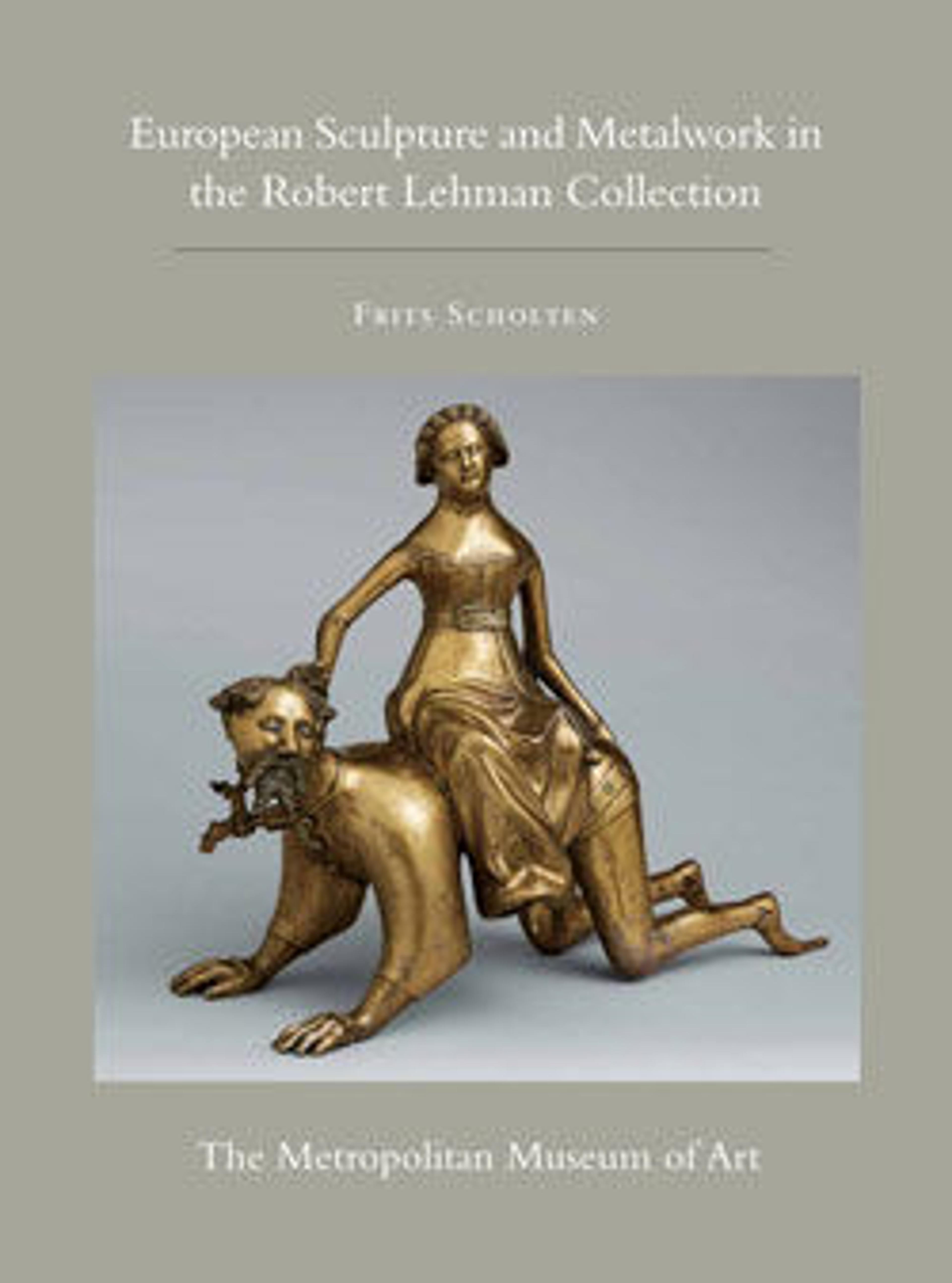Candlestick in the Form of a Kneeling Angel
This kneeling angel (part of a pair with 1975.1.1390) may originally have served an ecclesiastical function on an altar in front of a tabernacle. The smooth and angular modeling of the flesh and drapery contrasts with the looser treatment of the wings, hair, and tree trunks.
This pair of apparently unique casts are similar in subject to the six angels Giambologna modeled for the tabernacle of the Certosa Galluzzo near Florence, as well as the large candle-bearing angels he designed for the Duomo in Pisa. Despite their relatively static presentation, the facial types, drapery style, and textured tree trunks, also found in other works by Giambologna, connect this pair of candlesticks to his circle.
This pair of apparently unique casts are similar in subject to the six angels Giambologna modeled for the tabernacle of the Certosa Galluzzo near Florence, as well as the large candle-bearing angels he designed for the Duomo in Pisa. Despite their relatively static presentation, the facial types, drapery style, and textured tree trunks, also found in other works by Giambologna, connect this pair of candlesticks to his circle.
Artwork Details
- Title: Candlestick in the Form of a Kneeling Angel
- Artist: Close collaborator of Giambologna (Netherlandish, Douai 1529–1608 Florence) , possibly Hans Reichle (German, Schongau 1570–1642 South Tyrol)
- Date: ca. 1590–1600
- Medium: Reddish copper alloy covered with a natural, warm brown patina
- Dimensions: H. 27.5 cm
- Classification: Metalwork-Bronze
- Credit Line: Robert Lehman Collection, 1975
- Object Number: 1975.1.1389
- Curatorial Department: The Robert Lehman Collection
More Artwork
Research Resources
The Met provides unparalleled resources for research and welcomes an international community of students and scholars. The Met's Open Access API is where creators and researchers can connect to the The Met collection. Open Access data and public domain images are available for unrestricted commercial and noncommercial use without permission or fee.
To request images under copyright and other restrictions, please use this Image Request form.
Feedback
We continue to research and examine historical and cultural context for objects in The Met collection. If you have comments or questions about this object record, please contact us using the form below. The Museum looks forward to receiving your comments.
